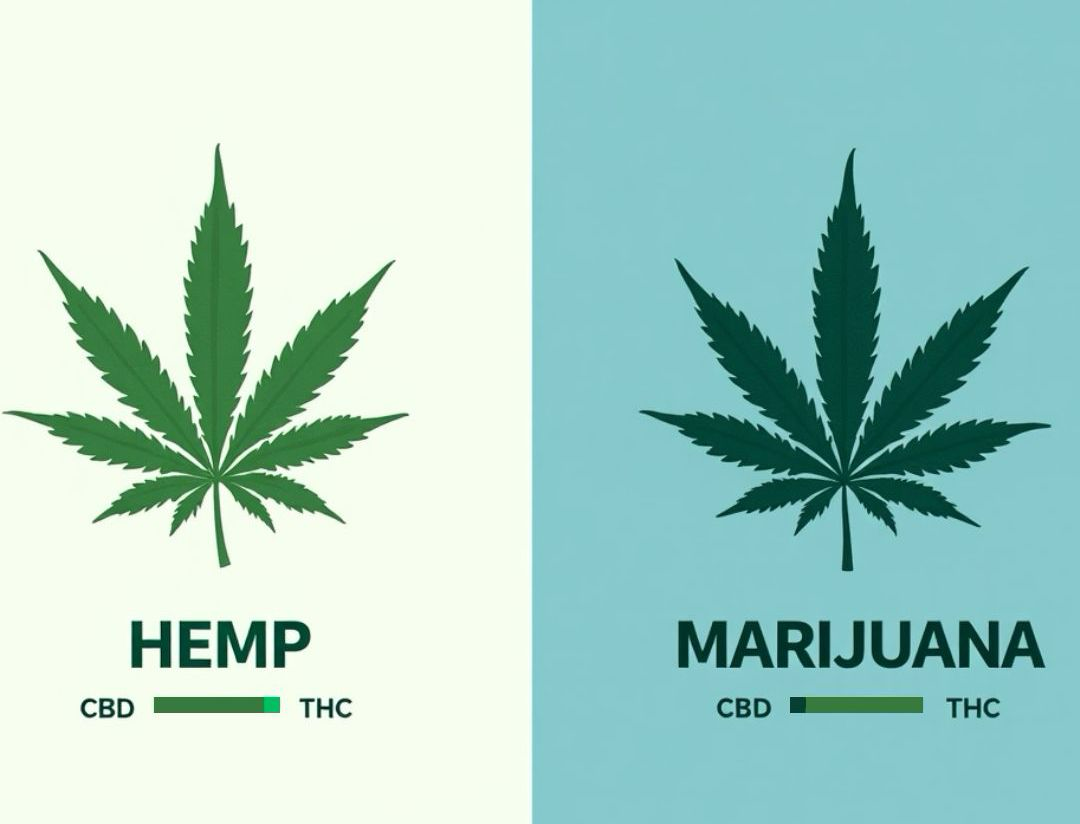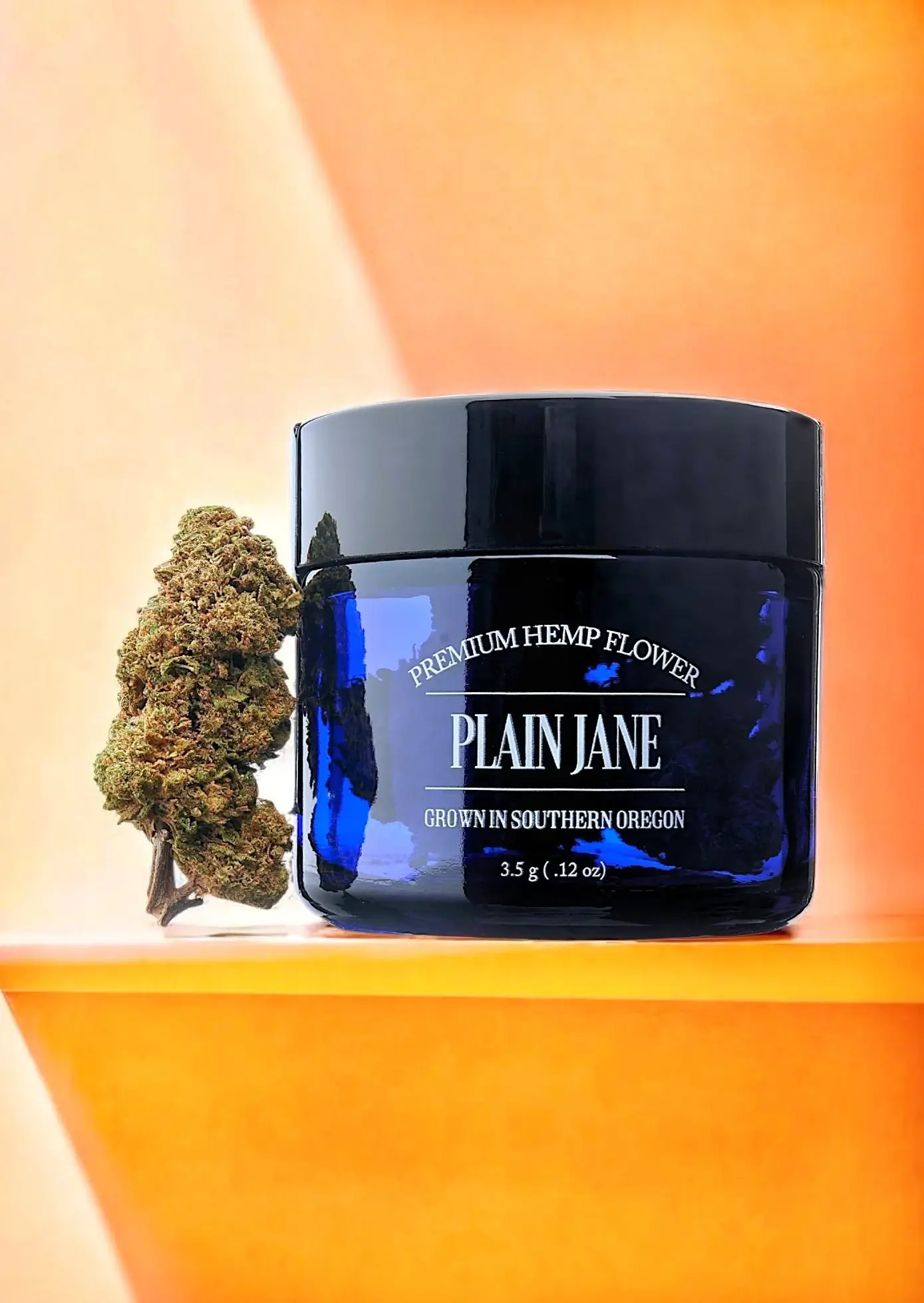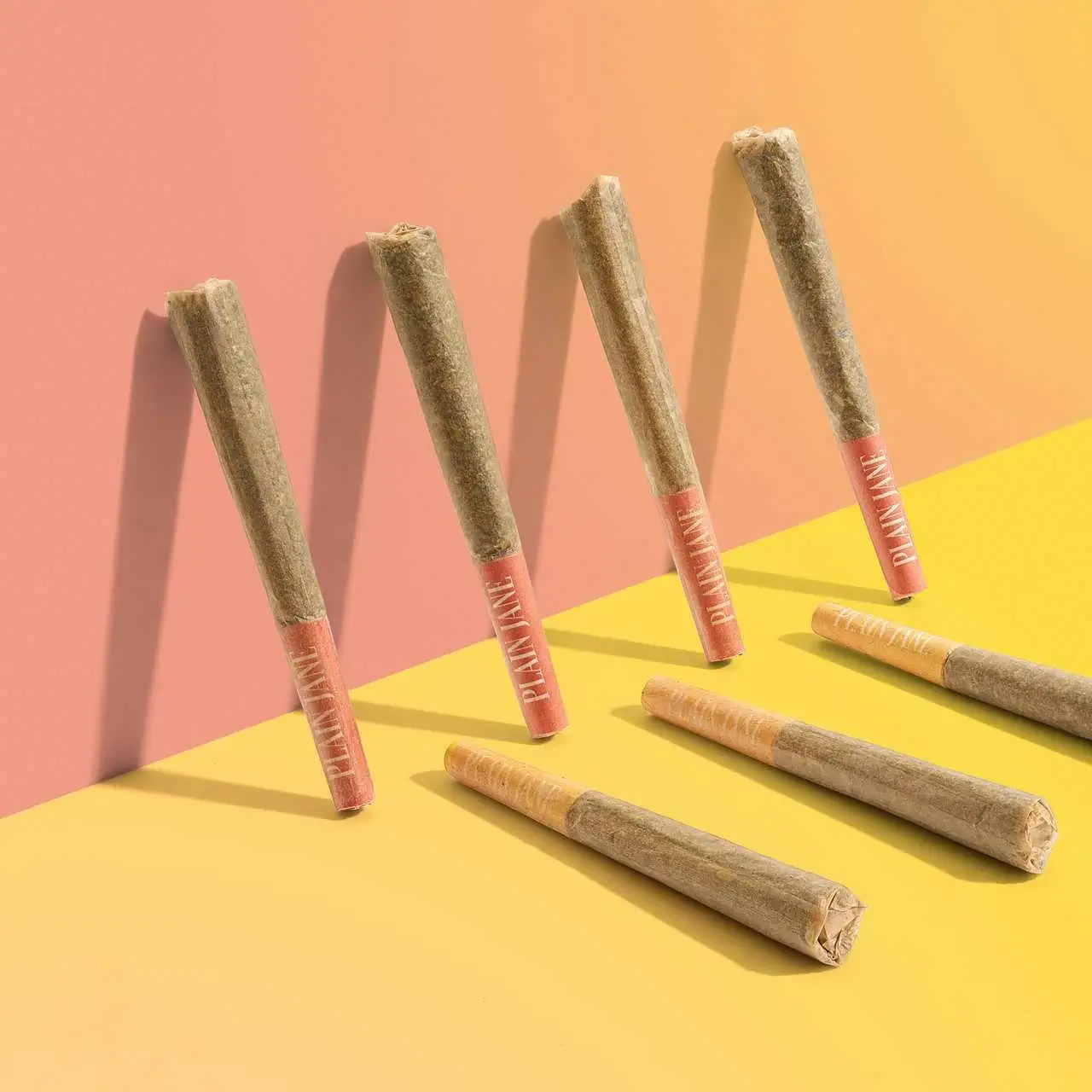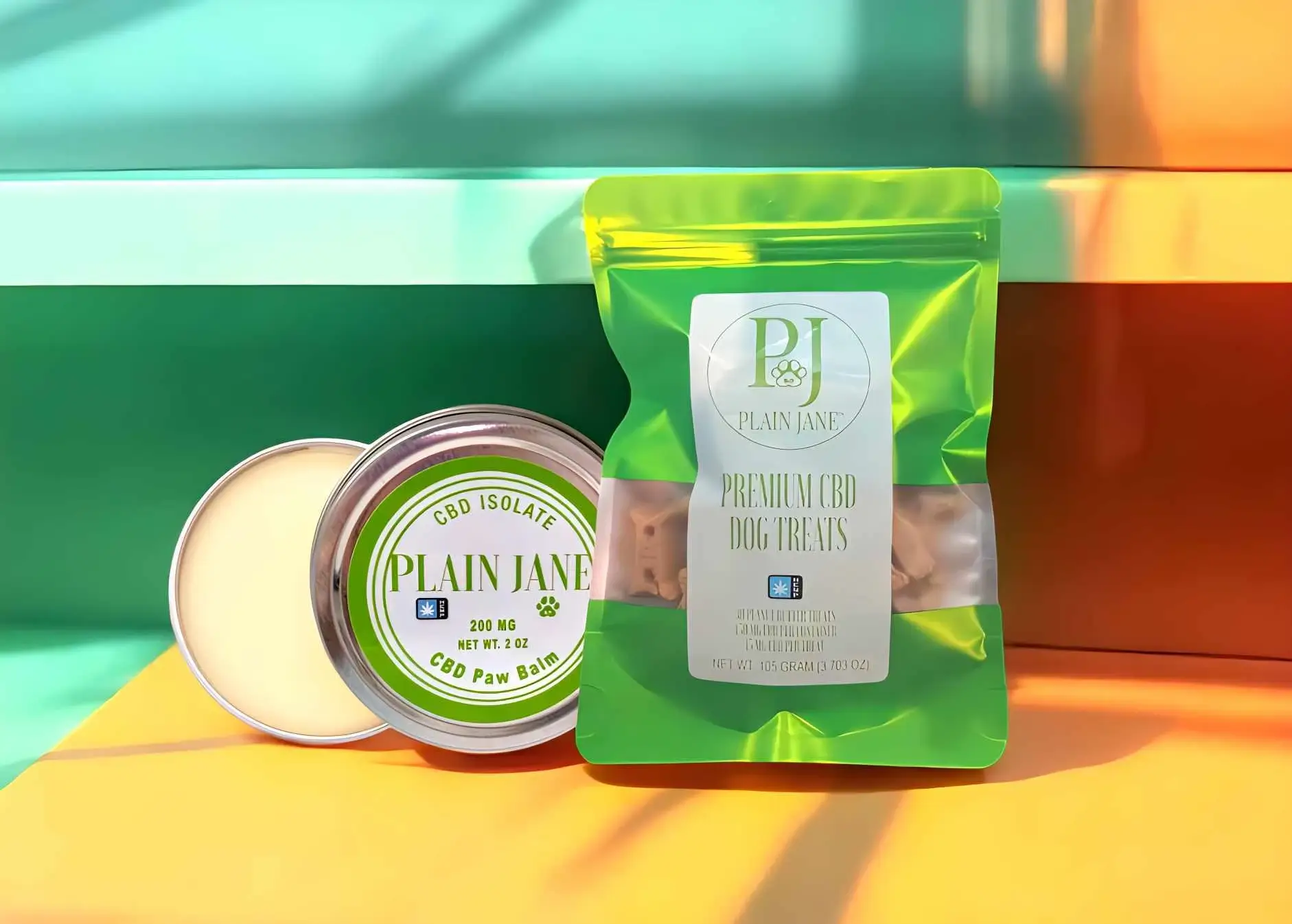Interest in the difference between hemp vs weed is on the rise as more states legalize marijuana. The 2018 Farm Bill made hemp farming federally legal. On the other hand, weed remains a Schedule I Drug.
“In December of 2018, the 2018 Farm Bill was signed into law. It removed hemp, defined as cannabis (Cannabis sativa L.) and derivatives of cannabis with extremely low concentrations of the psychoactive compound delta-9-tetrahydrocannabinol (THC) (no more than 0.3 percent THC on a dry weight basis), from the definition of marijuana in the Controlled Substances Act (CSA).”
-Amy Abernethy, MD, PhD. in Hemp Production and the 2018 Farm Bill

Table of Contents
The Cannabis Species
The legalization of hemp vs weed illustrates the different biologic features of cannabis. The cannabis plant has a widely variable genome that creates several varieties. Cannabis species are controversially debated. Some believe it is a single species, others believe that it has several species. Most accept the three species model that includes Cannabis sativa, Cannabis indica, and Cannabis ruderalis.
Hemp as a Cannabis Species
Hemp is a subspecies or a variety of Cannabis sativa. Unlike weed, varieties of Cannabis sativa, hemp will not get you high. This is because hemp vs weed does not produce high levels of the psychoactive cannabinoid THC. The CBD cannabinoid is abundant in hemp and also helps cancel out the psychoactive effects of THC.
Notably, there are several strains of hemp as there are strains of weed. Human cultivation methods have been selectively breeding cannabis for centuries to produce unique and desirable strains.
Weed as a Cannabis Species
Weed was originally thought of as a single species. It is thought that Cannabis indica comes from India and Cannabis sativa from elsewhere. Evaluation of unique Russian cannabis changed this thinking according to Cannabis sativa and Hemp by Joshua A. Hartsel, et al.
Soviet botanist Janischevsky recognized that local Russian plants did not fit the characteristics of C. sativa or C. indica. The Russian autoflowering plants Cannabis ruderalis supported evidence of a third Cannabis species.
'According to the American Herbal Pharmacopeia, C. sativa L. was historically bred to be tall and is used mainly for fiber and seed. C. sativa indica Lam. is characterized by a short, densely branched structure and potent level of Δ9-tetrahydrocannabinol (Δ9-THC), which is the main psychoactive ingredient.”
-from “Cannabis sativa and Hemp” by Joshua A. Hartsel, et al.

Hemp vs Weed Hybrids
The weed we smoke today consists of hybrids of all three species of Cannabis. However, the C. ruderalis species has become especially valuable for breeding autoflower plants that flower without changes to their light cycle.
When it comes to hemp vs weed, the two have also been interbred. The result of this is hemp that produces high CBD levels and less fiber. Surprisingly, modern hemp hybrids are the source of smokable hemp flower that looks similar to weed.
Hemp vs Weed: Key Points
Hemp is incredibly versatile. It has become popular as a source of CBD but also has many other uses. Textiles and building materials utilize traditional fiber hemp. Fiber hemp is also used for building material, plastic, and biofuel. When it comes to hemp vs weed, both are earning their keep as important botanical health aids. However, weed is still facing legal issues.
Federal Law: Hemp vs Weed
CBD from hemp is not chemically different from CBD from weed. However, the amount of THC found in weed that creates a legal issue. The visual similarity between smokable hemp flower and weed has been difficult for law enforcement. Today, hemp transporters and people carrying hemp flower must be careful to avoid legal confusion and wrongful arrest.










0 comments